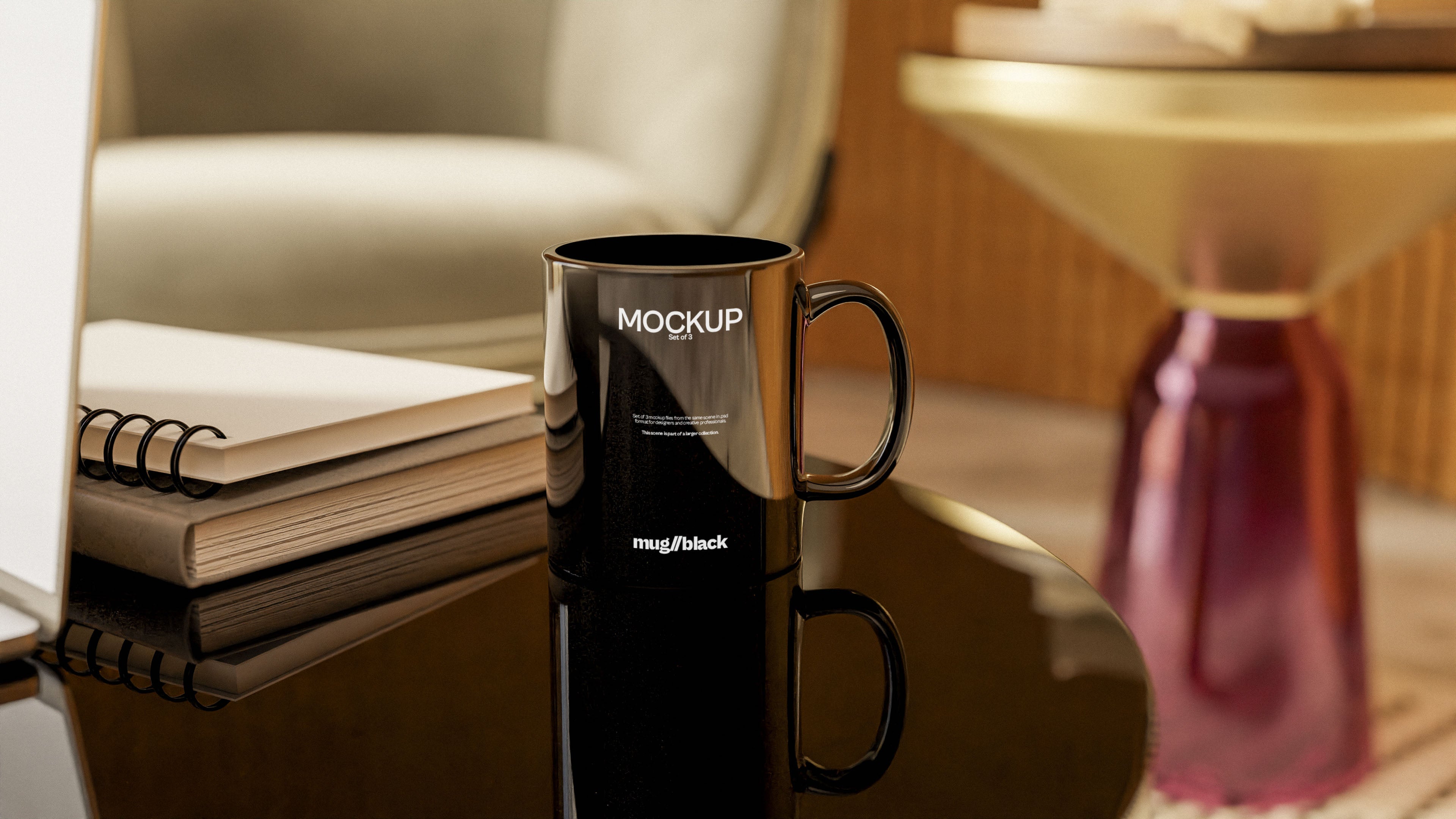In a world where brand recognition happens in milliseconds, aesthetics are more than just “nice to have.” They’re strategic, emotional, and — when done right — unforgettable. Moodboards have always been the tool of choice for designers to lock in tone, texture, and vibe. But in 2025, there’s a new player doing just as much emotional heavy-lifting: the mockup.
If you’re still treating mockups as static product previews — you’re missing the real power they bring to your brand game.
The Evolution of the Mockup
Mockups started as utilitarian tools. A white T-shirt, a coffee mug, maybe a flat-lay or two — the goal was function over form. But today’s consumers are drowning in visuals, and mockups have evolved into emotional cues. They're your first impression, your aesthetic handshake. Done well, they don't just show the product — they sell the story.
At Banana, we’ve seen firsthand how mockups can shift from passive placeholders to fully directed visual narratives. It’s not just about showing the thing anymore — it’s about showing why it matters.
From Moodboards to Mockups: A Crossover Worth Noticing
Moodboards have always been used behind the scenes — pulling together references, inspirations, and vibes to align teams and guide visuals. But mockups are now front and center. They're not supporting the story; they're telling it.
Think of it this way:
A moodboard is for internal alignment.
A mockup is for external persuasion.
And in 2025, your audience is too savvy for uninspired visuals. They want immersive. They want intention. They want to feel something. That's where art direction through mockups becomes your not-so-secret weapon.
Mockups Are Becoming Brand Assets — Not Just Utilities
Great mockups are about harmony. Lighting, material, shadow, emotion, and context. They can express whether your brand is earthy or digital, vintage or futuristic, grounded or aspirational. They can hint at your customer’s lifestyle, preferences, and even values.
Want to sell a luxury candle? Don’t slap it on a white background. Show it glowing softly on a brass tray beside a half-read book and glass of wine. Want to sell a streetwear hoodie? Drop it on a gritty rooftop with movement and edge.
Good mockups show your product.
Great mockups show your customer’s future self.
The Banana Approach: CGI as Creative Direction
We build every Banana Mockup like a mini campaign. Each collection is a moodboard in motion — from Lumen’s clinical clarity to Starbound’s soft sci-fi surrealism. We're not just showcasing a tumbler or notebook. We're crafting the world it lives in.
And here’s the kicker: we do it all with CGI. That means full control, no compromises. Lighting, shadows, materials — all dialed in with brutal intention. Because mockups aren't side-thoughts here. They’re front-facing brand moments.
You’re not buying a PSD file.
You’re buying a story fragment, waiting for your design to complete the sentence.
Why This Matters More Than Ever
With marketplaces like Etsy, Amazon, and Shopify only growing more visual, the barrier between “pass” and “add to cart” is often a single image. If your mockups look generic, your product feels generic — no matter how great it is.
In 2025, the brands breaking through are the ones investing in visual storytelling at every step. Moodboard thinking isn't reserved for agencies anymore. It’s being democratized — one smart mockup at a time.
The Takeaway
Your mockups are your art direction. They speak for your product before a word is read. So ask yourself:
What’s the vibe you're projecting?
Does your mockup show a thing — or a feeling?
Are you designing to inform or to seduce?
In 2025, smart brands don’t treat mockups like packaging. They treat them like a performance.
And if you're still using pixelated, overused flat-lays?
You're not selling a product — you're apologizing for it.
